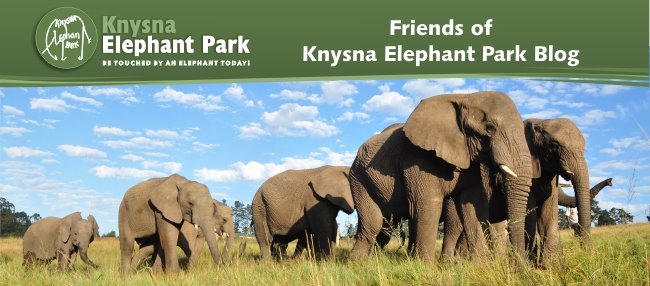 Bibi is 18 days old today. She develops every hour of every day, carving out her place in the KEP herd. Tosha has turned out to be a great mother; she is very protective of Bibi, yet very trusting - within hours of Bibi being born, Tosha allowed Charles into the pen to check that all was OK with baby and mom. Tracking Bibi’s development has been a special privelege. It is quite amazing to think that elephants live for as long as humans do, yet they stand within half an hour of being born, and are soon running around amongst the rest of the herd.
Bibi is 18 days old today. She develops every hour of every day, carving out her place in the KEP herd. Tosha has turned out to be a great mother; she is very protective of Bibi, yet very trusting - within hours of Bibi being born, Tosha allowed Charles into the pen to check that all was OK with baby and mom. Tracking Bibi’s development has been a special privelege. It is quite amazing to think that elephants live for as long as humans do, yet they stand within half an hour of being born, and are soon running around amongst the rest of the herd.Bibi joined her extended family on the second day of her little life in this world. There was much greeting and fanfare when Tosha ventured out into the field with her - Tosha seemed very happy to share her baby with the herd, and they seemed equally excited to meet her. We watched all this with great interest, especially in light of recent discussions revolving around instinct and natural elephant behaviour. Elephants have the most amazing ability to adapt. Their intelligence contributes to their ability to problem solve and work things out. It is clear that Tosha is very relaxed and is not threatened in any way - she knows the routine of the Park and seems to understand that the daily management around her and Bibi is to her benefit as well as all the babies. In fact, Tosha is far more relaxed than when she was pregnant – it seems she is enjoying all the help from the other females who seem to take turns caring for Bibi. It is quite amazing how this new little addition has bonded the herd.







